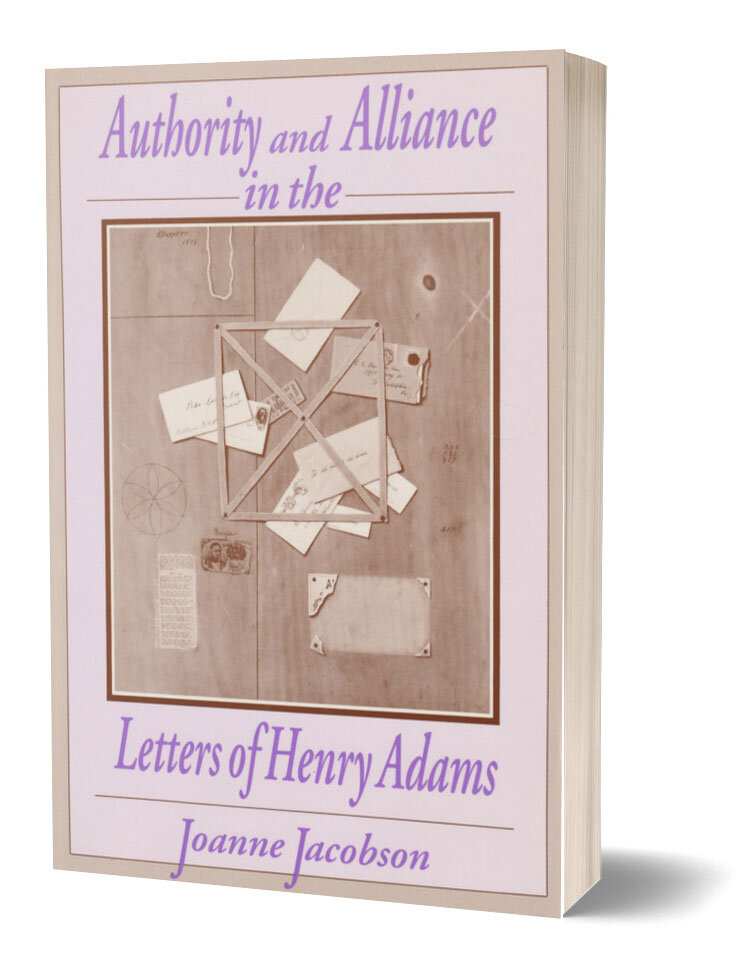Every Last Breath: A Memoir of Two Illnesses (University of Utah Press, 2020)
“In this brilliant memoir, so gorgeously written, so richly intelligent, and so achingly heartfelt, Jacobson tells the stories of two illnesses, a mother’s and a daughter’s, one of breath and one of blood. Jacobson plunges all the way down (to borrow from Emily Dickinson) to ‘Where the Meanings are.’ With its lyrical compression and unguarded honesty, Every Last Breath is a knock-out.”
— Richard McCann, author of Mother of Sorrows
Inside Every Last Breath
“My double-scarred neck reveals the fang marks of surgeons’ scalpels seeking the jugular, seeking—to save me—the same route to the heart that any killing animal hopes to open. Southeast Asia’s Hmong tribes honor the epileptic, shaken free of the ordinary, as a seer. I too have been seized by a great force, brought into the presence of pounding uncertainties. Twice already my disease has taken me to the brink, where the creaky workings of life are laid bare and forced into the light—at once sweet and bitter, unwelcome and amazing. Like a raven my disease takes flight, taking me—taking me with him. He scares me, he enthralls me, he grips tight my attention, he takes me on a wild ride to a place where I cannot count on surviving. I cry out, I growl, I claw my way back to life, strangely renewed. Wings dark as night, eyes bright as stars, my most intimate enemy and my most inscrutable companion, he comes back for me again and again.”
Hunger Artist: A Suburban Memoir (Bottom Dog Press, 2007)
“Hunger Artist is an extraordinary accomplishment—a book that reveals the national imaginary of postwar America through the intimate details of one girl’s life in the Chicago suburbs. The hopes and anxieties of the period, the dynamics of generation, gender and ethnicity are all uncovered in this gem of a memoir. Joanne Jacobson’s intertwining of a young girl’s life and a culture’s history is simply beautiful and unforgettable.”
— Julie D’Acci, University of Wisconsin—Madison
Inside Hunger Artist
“In late August or early September as we played softball, a dull sound began to gather in the field like static, softer than wind, as though the dial on a far-off transistor radio was being gently turned. We looked up and shivered: between us and the high sun a thin cloud was moving in, rolling in low waves. At the edges, dark motes flashed. We paused and stood, watching and listening—not quite afraid but aware of the mysterious presence that had come close to each one of us, moving as we breathed and as our hearts beat in the dimmed light and the soughing air. As the cloud passed, frantic objects became caught in the high mesh backstop and slid, stunned, to the ground where we found them: monarch butterflies stilled on their long annual migration south from Canada to Mexico. The velvet legs twitched when we touched them, the orange and black wings, tinsel-thin, beat with fear in our clumsy, cupped hands, slowly weakening before we realized—too late—what fragile glory we held, already fading in the last of the summer sun.”
Authority and Alliance in the Letters of Henry Adams (University of Wisconsin Press, 1992)
“No reader of Jacobson’s work will ever again approach letters by literary figures in the same way.”
— Cecelia Tichi, Vanderbilt University
Inside Authority and Alliance in the Letters of Henry Adams
“Threatened with isolation, Adams chose alliance. Threatened with closure, Adams chose resistance. Threatened with silence, Adams chose speech. Faced with each of these threats, Adams also chose letters, because they enabled him to occupy rhetorical ground over which he could retain control. Adams’s enduring commitment to ‘writing a good many letters’ testifies to his refusal to abandon either resistance or alliance as weapons against alienation, even as he recognized in alienation an important source of his authority as a writer and of strategies of collaboration. If Henry Adams’s letters implicate the form in the consolidation of elite cultural control in the United States at the turn of the century, they also demonstrate the letter’s ability to speak with strategic force from the margins, where authority and alliance remain continually negotiable.”


